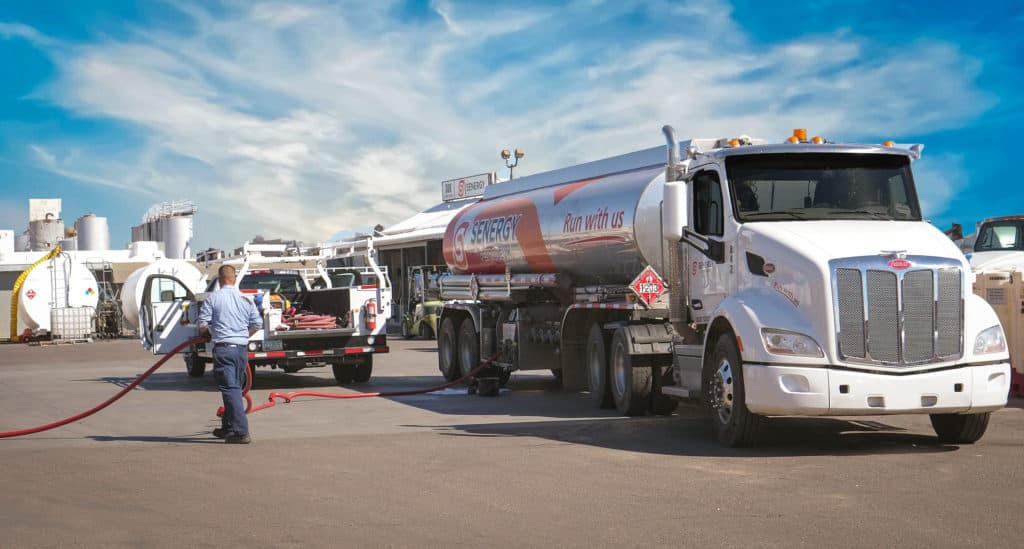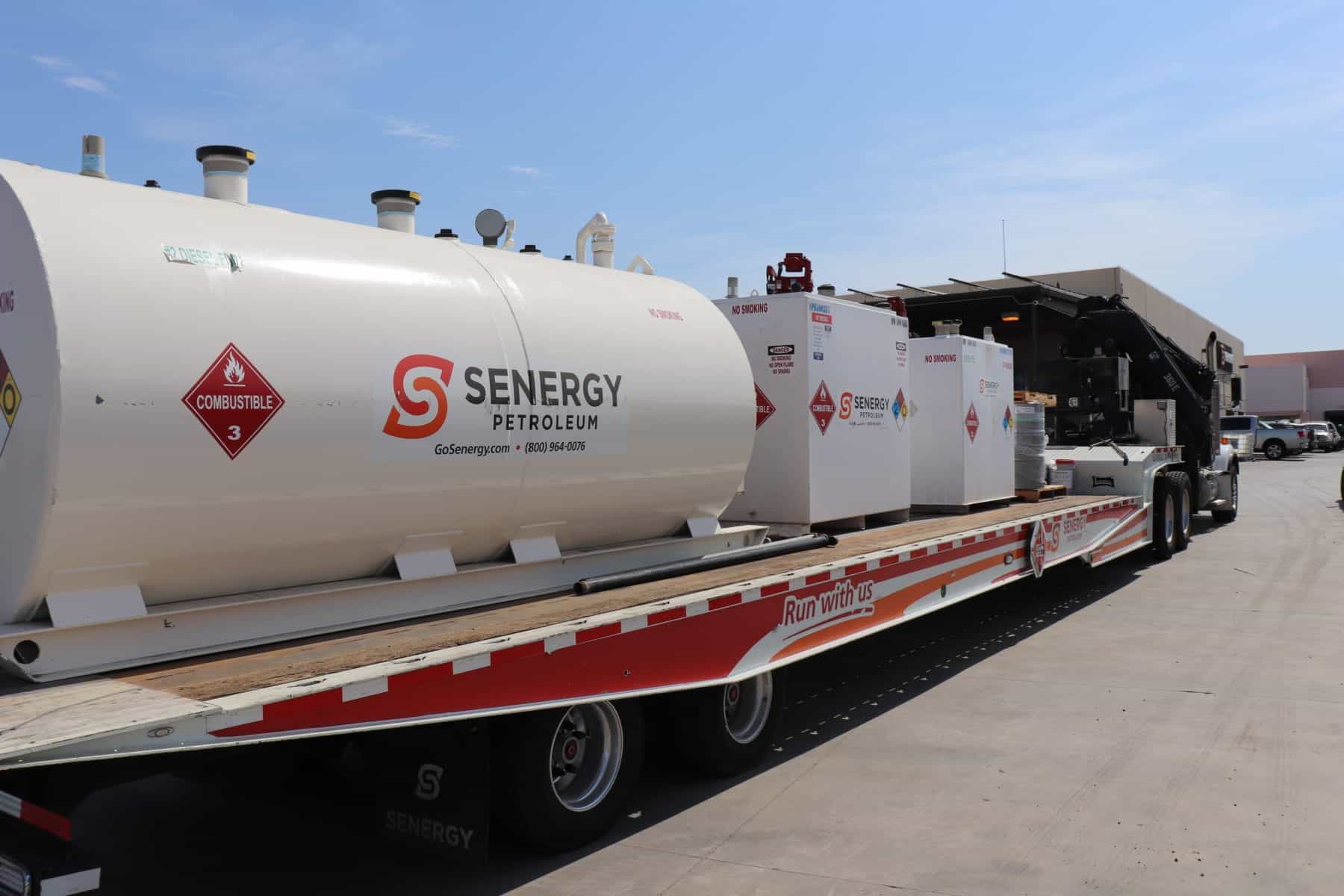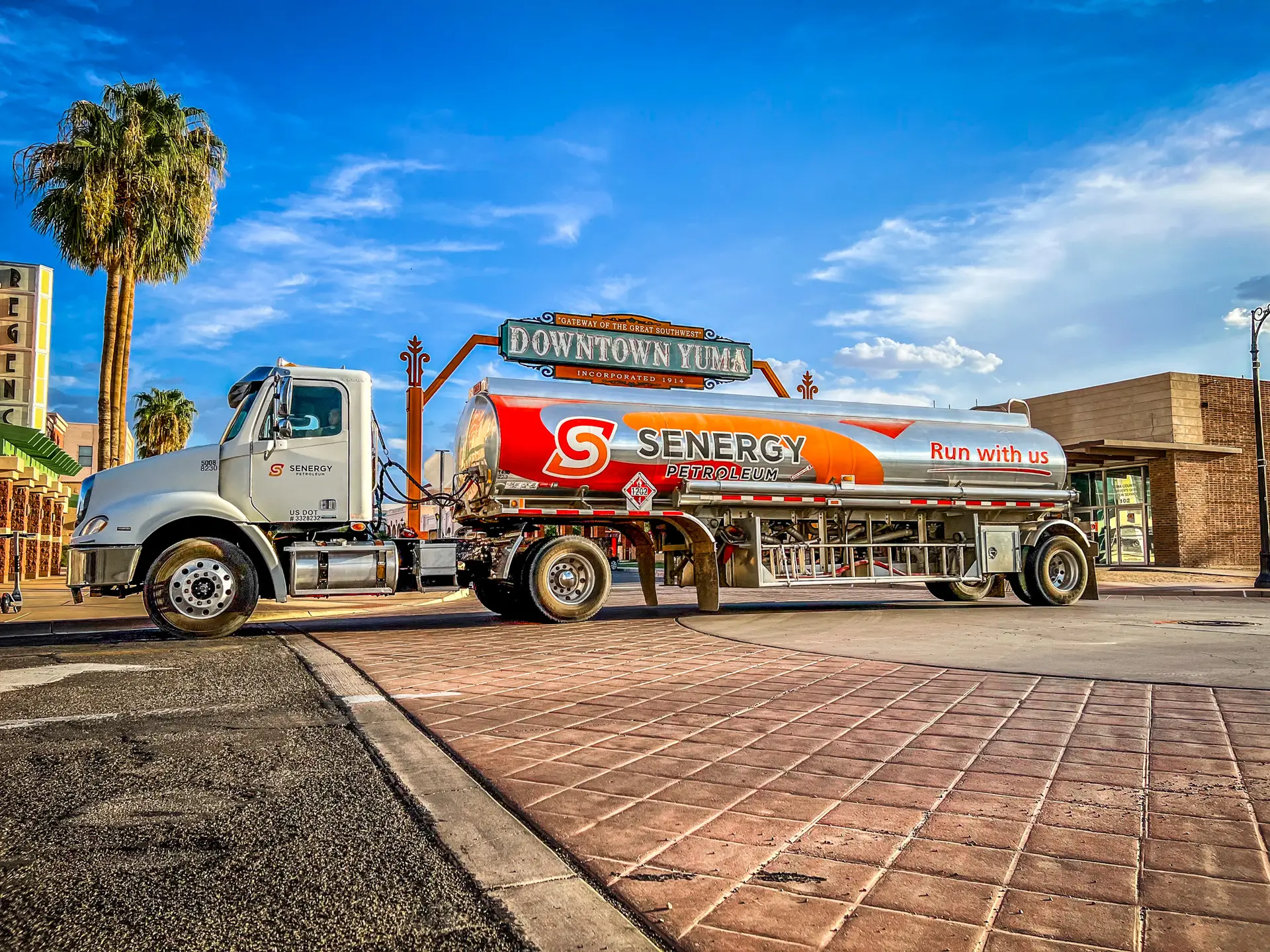In times of crisis, time is the most precious resource. Hurricanes, wildfires, earthquakes, and electricity outages arrive with short notice and may strand communities without essentials behind. Of those essentials, fuel is arguably the most important and least thought about. While individuals typically think about resupplying food, water, and batteries, it is fuel that operates nearly everything about the emergency response operation. Fuel permits the emergency responders to drive, provides power for backup generators in shelters and hospitals, and powers communications. Absent fuel, modern disaster response would come to a stop.
This is why bulk fuel delivery is a crucial service in emergency situations. These services do not only handle logistics but are an insurance safety net. In the hours when the gas stations are shut down, when roads are impassable, or supply lines are severed, it ensures the fuel reaches its destination where it is needed most. It is a lifeline that enables all other emergency operations to happen.



